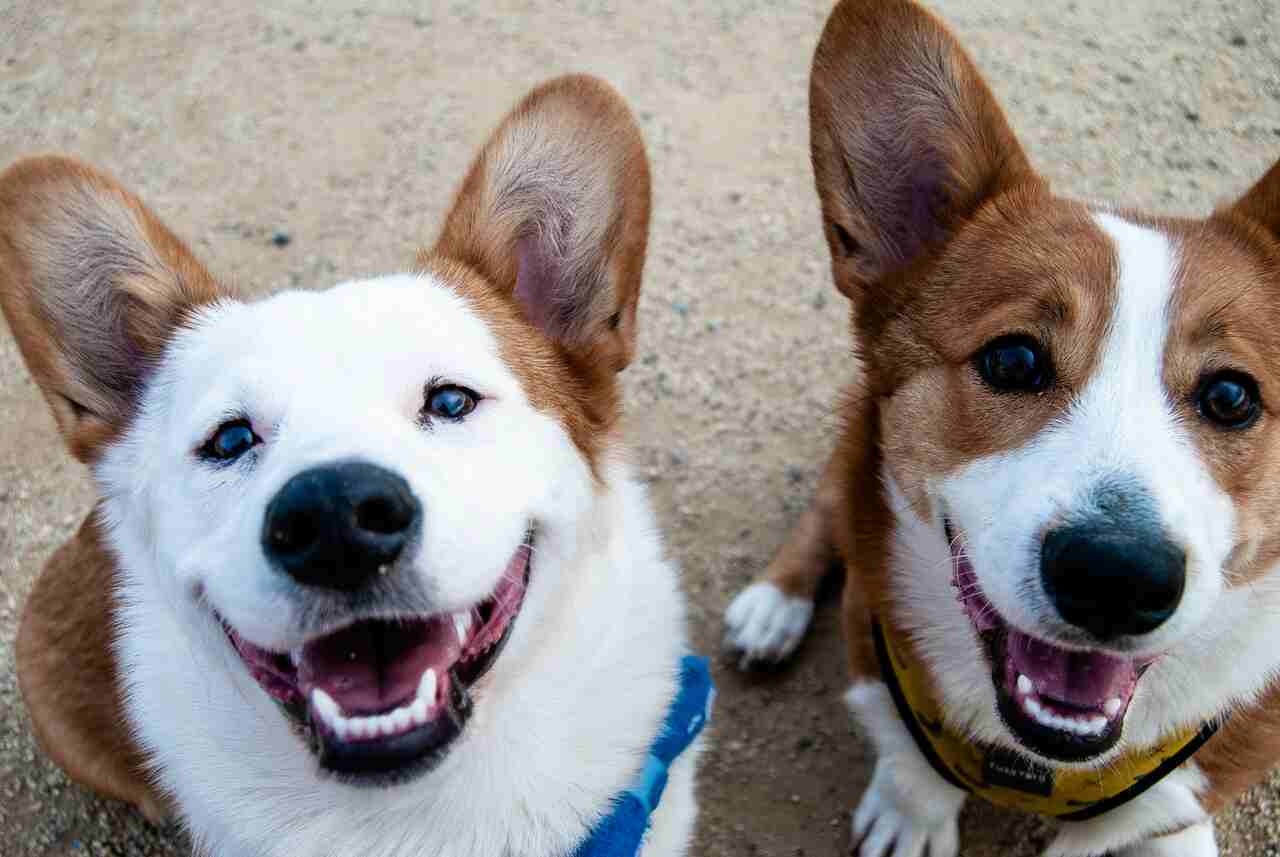
It is common to refer to unknown dogs as males before we know their gender. The same happens with cats, which are often referred to in the feminine before we know if it is, in fact, a male or a female. Why does this happen?
According to social psychology experts, this is the result of stereotypes. Stereotypes are generalized beliefs about a particular category of people. For example, the idea that engineers and mathematicians are always men, while nurses and elementary school teachers are all women.
Such generalizations about specific groups of individuals may be more often correct than incorrect and, therefore, may be useful in making quick decisions. The problem is that they can be wrong when applied to specific individuals, and sometimes this can have negative consequences.
To understand why people refer to dogs as males and cats as females, Frank Taylor from Edinboro University in Pennsylvania explained that one of the most effective ways to explore stereotypical thinking is to observe how individuals are represented in children’s books.
In a study of 200 children’s books conducted by researchers at Presbyterian College in South Carolina, it was demonstrated that gender roles were applied to practically everything in children’s books, including anthropomorphized inanimate objects.
Using a series of filters, including that the book had to have a single main character, either a dog or a cat, and excluding books with no plot and books with multiple dogs or cats, the researchers scanned as much text as necessary to determine the gender of the dog or cat, such as the pronouns he/his or she/her or a typically feminine or masculine name.
There were some cases where it was impossible to determine the gender of the character, which could consistently be referred to as “the puppy” or “the kitten,” and these were noted using a separate category in the data.
A total of 274 books were scored, with 110 dogs, 150 cats, and 14 pairs consisting of a dog and a cat. The data shows that the representation of dogs is significantly biased toward males (86%). Female dogs represent only 11% of the characters, and only 3% have no gender indicated.
With cats, the situation is much more balanced, with 47 percent of the characters represented as males and 36 percent represented as females. Overall, the results demonstrate that there is indeed a general tendency to represent canine characters as males, and this tendency is not as strong when it comes to cats.
This content was created with the help of AI and reviewed by the editorial team.

